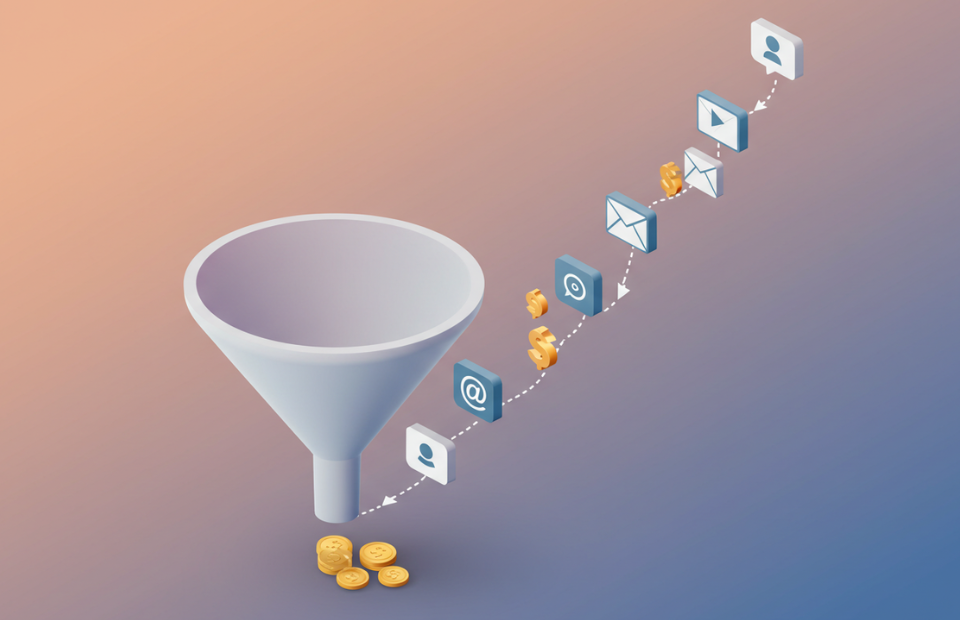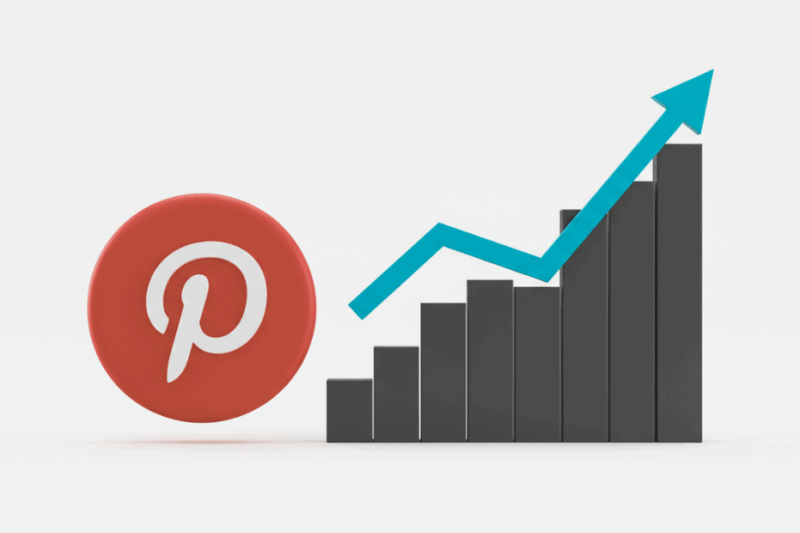A digital marketing funnel is a strategic framework that guides potential customers from discovering your brand to making a purchase and beyond. It’s a powerful tool for businesses to convert leads into loyal customers. This beginner’s guide will walk you through the essentials of creating an effective digital marketing funnel in 2025.
What Is a Digital Marketing Funnel?
A digital marketing funnel represents the customer journey, typically divided into stages: Awareness, Interest, Decision, and Action. Some funnels include a post-purchase stage for retention and loyalty. Each stage targets specific audience behaviors, guiding them toward conversion.
Why You Need a Marketing Funnel
- Structured Approach: Organizes your marketing efforts to target customers at different stages.
- Higher Conversions: Tailored content increases the likelihood of turning leads into customers.
- Better ROI: Focused strategies reduce wasted ad spend and improve results.

Steps to Create a Digital Marketing Funnel
1. Define Your Target Audience
Understanding your audience is the foundation of a successful funnel.
- Create Buyer Personas: Identify your ideal customers’ demographics, interests, pain points, and goals. For example, a fitness brand might target “25–35-year-olds interested in home workouts.”
- Research Tools: Use Google Analytics, social media insights, or surveys to gather data on your audience’s behavior.
- Segment Your Audience: Divide your audience into groups based on needs (e.g., beginners vs. advanced users) to tailor content.
2. Awareness Stage: Attract Potential Customers
The top of the funnel (TOFU) focuses on introducing your brand to a broad audience.
- Content Marketing: Publish blog posts, videos, or infographics on topics your audience cares about. For example, a skincare brand could share “5 Common Skincare Mistakes.”
- Social Media: Share engaging posts on platforms like Instagram, TikTok, or LinkedIn. Use trending hashtags to increase visibility.
- Paid Ads: Run targeted ads on Google Ads or Meta Ads to reach new audiences. Focus on visuals and compelling headlines.
- SEO: Optimize your website and content with keywords (e.g., “best skincare for oily skin”) to rank higher on search engines.
3. Interest Stage: Engage and Educate
In the middle of the funnel (MOFU), nurture leads by providing value and building trust.
- Lead Magnets: Offer free resources like eBooks, checklists, or webinars in exchange for email addresses. For example, “Free 7-Day Meal Plan” for a nutrition blog.
- Email Marketing: Send personalized emails with tips, case studies, or product benefits. Use tools like Mailchimp or ConvertKit for automation.
- Social Proof: Share testimonials, reviews, or user-generated content to show credibility.
- Retargeting Ads: Use pixel-based ads to re-engage visitors who’ve interacted with your site but haven’t converted.
4. Decision Stage: Encourage Commitment
At this stage, leads are considering a purchase. Make it easy for them to choose you.
- Product Demos or Trials: Offer free trials, samples, or live demos to showcase your product’s value.
- Case Studies: Share success stories or detailed examples of how your product solves problems.
- Clear CTAs: Use strong calls-to-action like “Shop Now” or “Get 20% Off Today” on landing pages and emails.
- Limited-Time Offers: Create urgency with discounts or bonuses (e.g., “Offer Ends in 24 Hours!”).
5. Action Stage: Convert to Sales
The bottom of the funnel (BOFU) is where leads become customers.
- Streamlined Checkout: Ensure trained your website’s purchase process is simple, with minimal steps and secure payment options.
- Abandoned Cart Emails: Send reminders to users who leave items in their cart, offering incentives like free shipping.
- Upsells/Cross-Sells: Suggest related products during checkout to increase order value (e.g., “Add a moisturizer for $10!”).
- Thank-You Page: After purchase, redirect to a page with a thank-you message and next steps (e.g., “Join our VIP community!”).
6. Retention Stage: Build Loyalty
Post-purchase efforts turn one-time buyers into repeat customers.
- Follow-Up Emails: Send thank-you emails, product usage tips, or exclusive offers to keep customers engaged.
- Loyalty Programs: Offer rewards, discounts, or points for repeat purchases.
- Community Building: Create a Facebook group, Discord server, or newsletter to foster a sense of belonging.
- Request Feedback: Use surveys to gather insights and show customers their opinions matter.
Tools to Build Your Funnel
- Website Builders: WordPress or Wix for creating landing pages.
- Email Marketing: Mailchimp, ActiveCampaign, or Klaviyo for automated email sequences.
- Analytics: Google Analytics or Hotjar to track user behavior.
- CRM: HubSpot or Salesforce to manage leads and customer data.
- Ad Platforms: Google Ads, Meta Ads, or Pinterest Ads for paid campaigns.
Tips for Success in 2025
- Mobile Optimization: Ensure your website and emails are mobile-friendly, as over 60% of users browse on mobile devices.
- Video Content: Short-form videos (e.g., TikTok, Instagram Reels) are highly engaging for TOFU and MOFU stages.
- AI Tools: Use AI-driven platforms like Jasper for content creation or Chatfuel for automated customer support.
- Personalization: Leverage data to deliver tailored experiences, such as dynamic email content based on user behavior.
- Compliance: Follow data privacy laws like GDPR or CCPA when collecting user information.
Measuring Your Funnel’s Performance
Track key metrics to evaluate and improve your funnel:
- Awareness: Impressions, website visits, social media reach.
- Interest: Email open rates, lead magnet downloads, time spent on site.
- Decision: Click-through rates on CTAs, trial sign-ups.
- Action: Conversion rate, average order value, cart abandonment rate.
- Retention: Repeat purchase rate, customer lifetime value.
Use tools like Google Analytics or your email platform’s dashboard to monitor these metrics and adjust your strategy accordingly.
Common Mistakes to Avoid
- Skipping Audience Research: Targeting the wrong audience wastes time and budget.
- Neglecting Mobile Users: A poor mobile experience can drive away leads.
- Overloading with CTAs: Too many calls-to-action can confuse users. Focus on one clear action per stage.
- Ignoring Analytics: Failing to track performance leaves you guessing what works.
Conclusion
Creating a digital marketing funnel is a beginner-friendly way to grow your business by guiding customers through a structured journey. Start by defining your audience, crafting targeted content for each stage, and using the right tools to streamline the process. With consistent effort and data-driven tweaks, your funnel can drive traffic, conversions, and loyalty in 2025.


